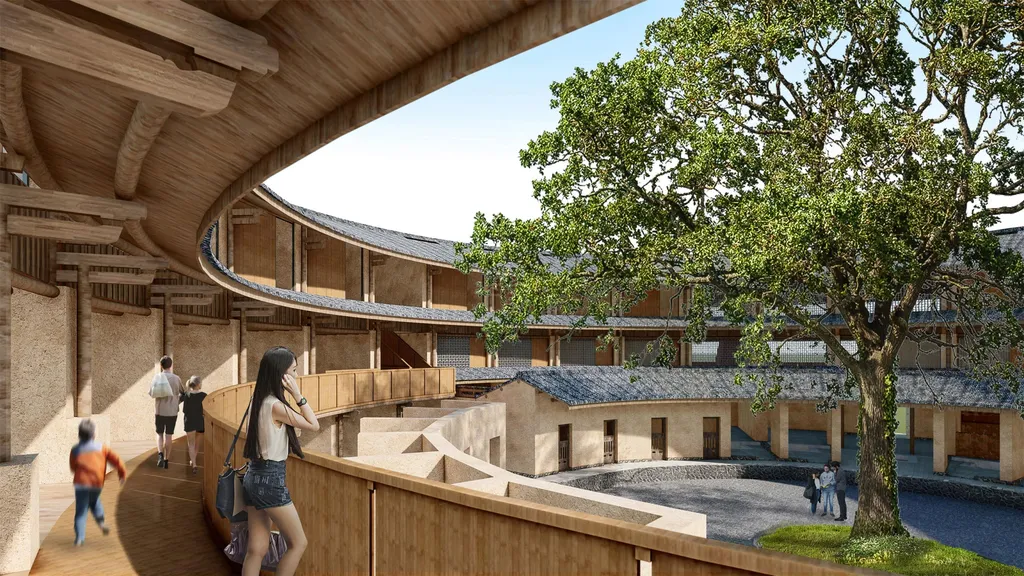In the heart of China’s rapid urbanization, a delicate dance is unfolding between progress and preservation. Historic buildings, standing as silent witnesses to the country’s rich cultural tapestry, are increasingly finding new life through adaptive reuse. But how do developers and policymakers decide which buildings to save, and how to repurpose them? This is where Multi-Criteria Decision-Making (MCDM) comes into play, and a recent study led by Xiancheng Liu from Yangtze University is shedding light on how this decision-making tool is being applied across China.
Published in the *Journal of Asian Architecture and Building Engineering* (known in English as the *Journal of Asian Architecture and Building Engineering*), Liu’s research integrates a systematic literature review with bibliometric analysis to examine the application of MCDM in the adaptive reuse of historic buildings. The study analyzed 55 publications from 2010 to 2025, mapping research hotspots and classifying methodological approaches, building types, and regional focus.
The findings reveal that the Analytic Hierarchy Process (AHP) remains the dominant method, often integrated with Geographic Information Systems (GIS) and Heritage Building Information Modeling (HBIM). “This integration allows for a more comprehensive assessment of both tangible and intangible heritage values,” Liu explains. Fuzzy logic, another key tool, helps evaluate the more elusive aspects of cultural heritage, such as community attachment and historical significance.
The research also highlights a concentration of studies in the Yangtze and Pearl River Deltas, with a focus on traditional districts, industrial heritage, and vernacular dwellings. This geographical clustering suggests that adaptive reuse efforts are heavily influenced by regional economic and cultural dynamics.
For the energy sector, the implications are significant. As China pushes towards carbon neutrality, the adaptive reuse of historic buildings offers a sustainable alternative to demolition and new construction. By integrating MCDM frameworks with policy targets, developers can make more informed decisions that balance economic, environmental, and cultural considerations.
Liu’s study also points to the need for broader regional coverage and standardized reporting. “Future work should advance the integration of GIS and HBIM with social data and policy targets, including carbon neutrality and rural revitalization, within MCDM frameworks,” Liu suggests. This could pave the way for more holistic and reproducible decision-making processes.
As China continues to grapple with the challenges of urbanization and heritage preservation, MCDM offers a valuable tool for navigating these complex decisions. By providing a structured approach to evaluating multiple criteria, it enables stakeholders to make more informed and balanced choices. For the energy sector, this means opportunities to contribute to sustainable development while respecting cultural heritage.
In the words of Liu, “The adaptive reuse of historic buildings is not just about preserving the past; it’s about shaping a sustainable future.” As this field continues to evolve, the insights from Liu’s research will undoubtedly play a crucial role in guiding future developments.

